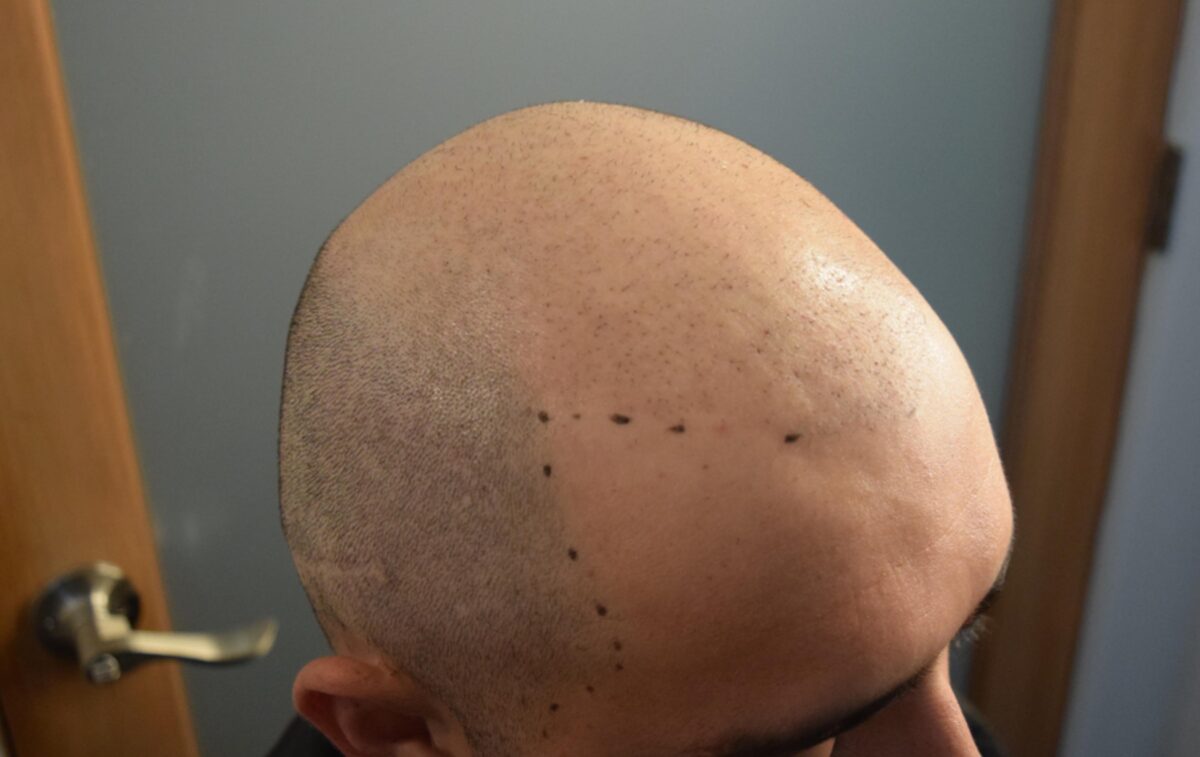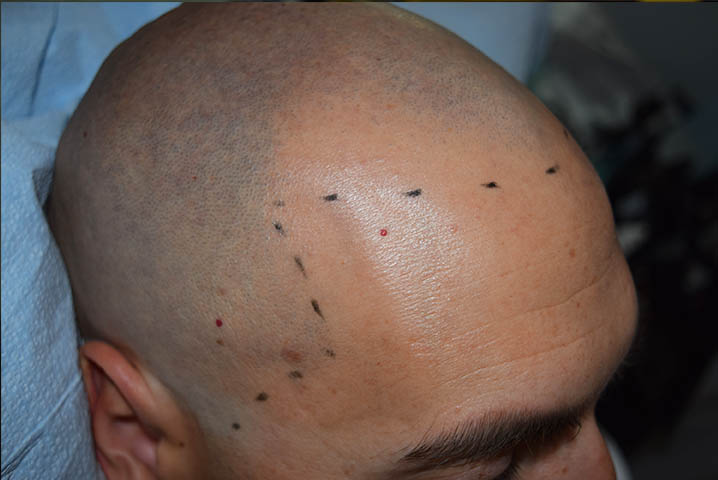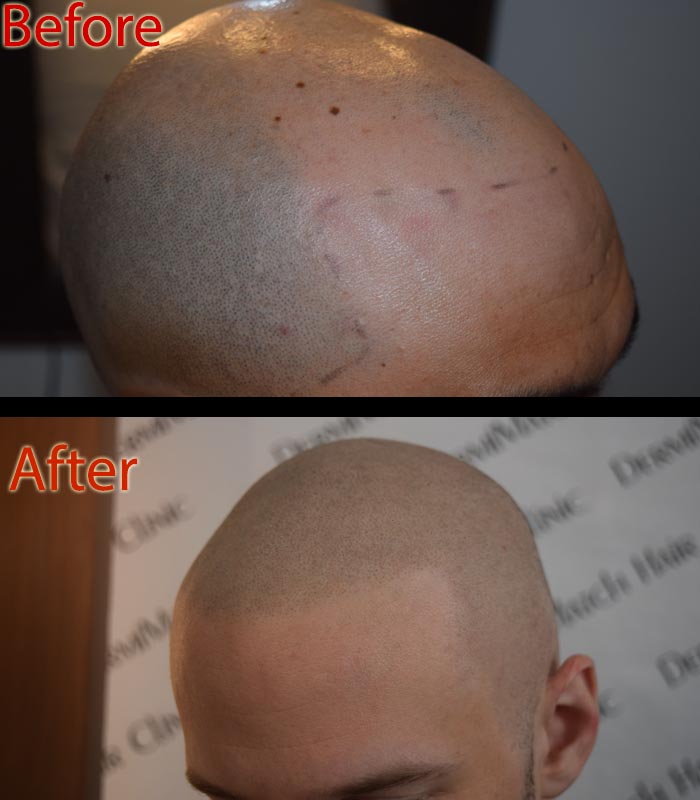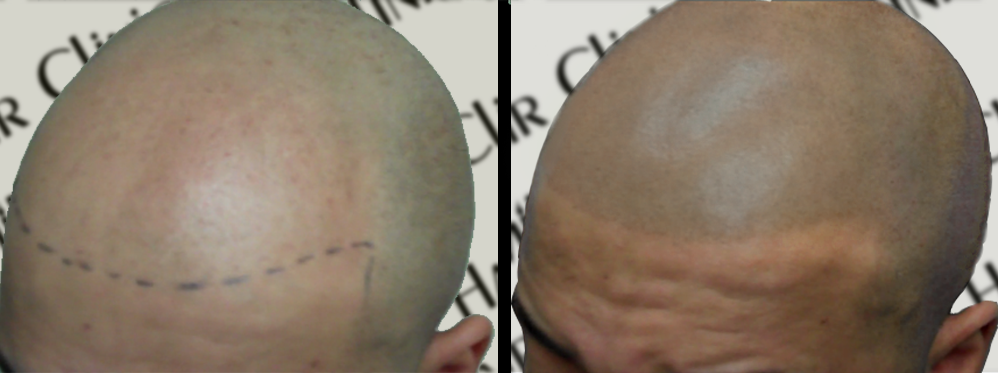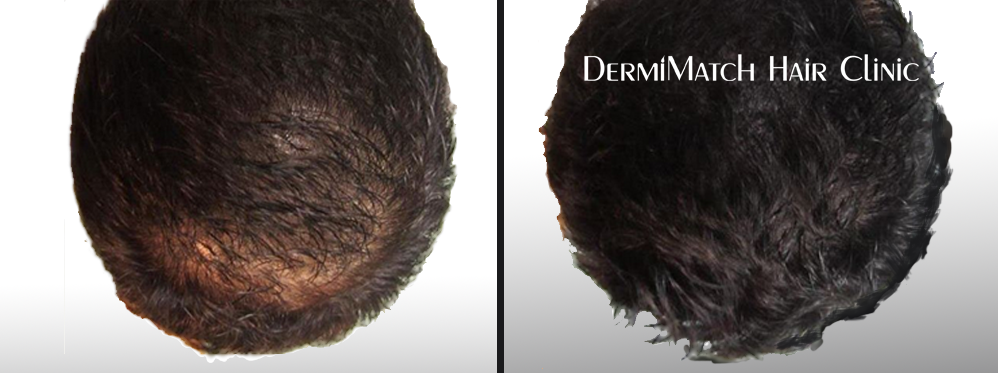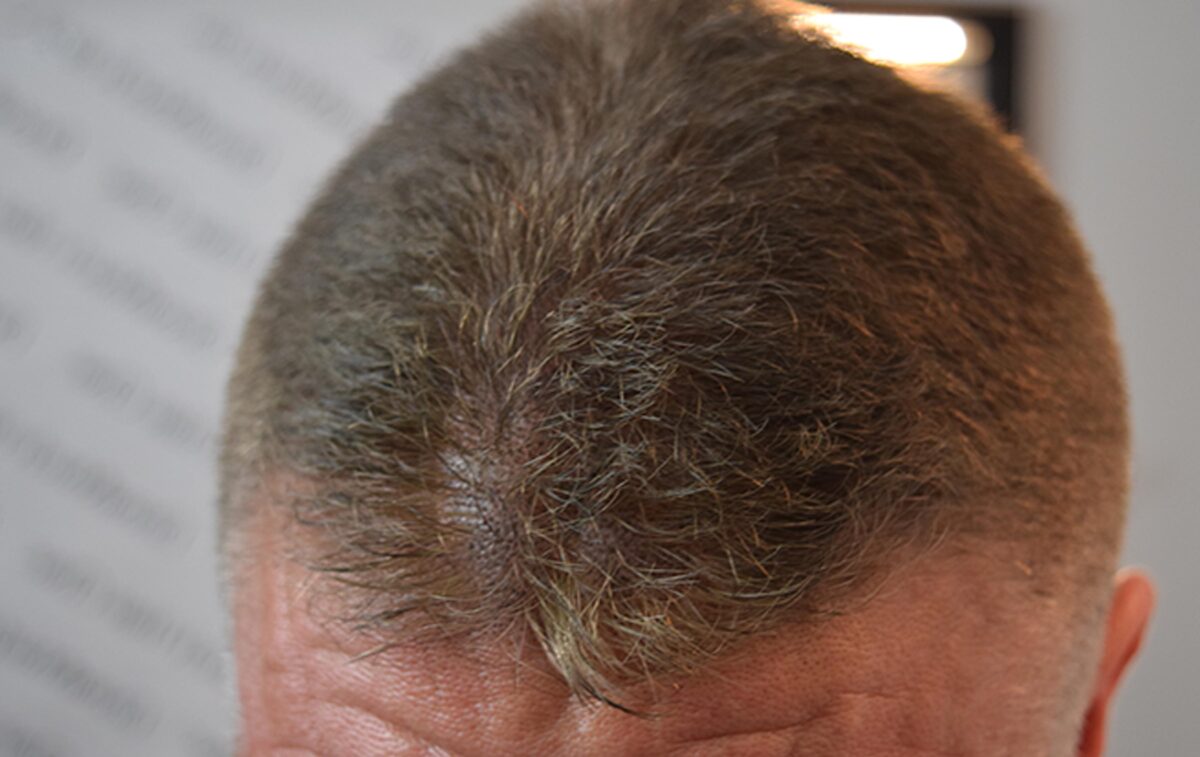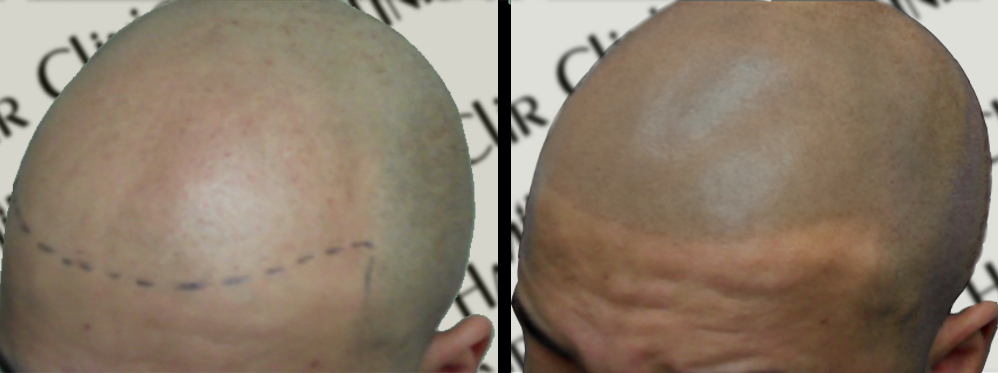There’s nobody who likes to see their hair fall. Unfortunately, hair loss is a common problem for men and women. The levels of DHT or dihydro-testosterone can affect hair growth and increase hair fall. Let’s explore DHT hair loss.
Does DHT Cause Hair Loss?
Too much DHT is bad, but so is too little. Dihydrotestosterone (DHT) plays a spoilsport in the nutrient supply to follicles. It prevents the supply and absorption of nutrients by hair follicles. As a result, hair follicles shrink and hair fall out. DHT is responsible for triggering male pattern baldness. Treatment for such hair loss is more about blocking or inhibiting DHT to prevent hair loss. Usually, the treatment is to reduce the presence of 5-AR, so not much testosterone converts to DHT.
While many products are sold as DHT blockers, their effectiveness is not proven. Finasteride is touted to be the most effective treatment for DHT hair loss. It is thought to combat the effects of DHT on follicles and is sold as tablets. You are required to take one pill every day for as long as you want to combat hair loss. But it is not a permanent cure, and hair loss begins once you stop taking finasteride.
Can you get rid of DHT?
It is not a good idea to block DHT completely. It is a part of the human body, which is naturally produced. Some dermatologists may prescribe a plaque technique to remove DHT. Doing so unblocks hair follicles so they get the nourishment they have been deprived of.
Platelet Rich Plasma
Doctors start the treatment by using DHT blockers to clear the scalp. Then they follow PRP treatment for hair growth. The treatment includes preparing platelet-rich plasma from the blood through a centrifugal process. The doctor injects PRP into the scalp. This provides essential nutrients to hair follicles. However, there are a few side effects, such as tissue damage, nerve injury, and infection, which can spoil the effectiveness of the treatment.
Is there a natural DHT Blocker?
Foods rich in lycopene might help in the case of DHT hair loss. This includes carrots, tomatoes, mangoes, and watermelons. You may want to include biotin-rich foods in your diet to strengthen hair. Fish, legumes, berries, and bananas contain biotin that conditions the scalp.
Should I choose SMP for DHT Hair Loss?
Scalp micropigmentation is a safe and effective hair restoration treatment. It works for those with pattern baldness, receding hairline, hair thinning, and scarring. The treatment conceals signs of hair loss and mimics the appearance of hair follicles, hiding the site of scalp problems under the SMP pigment.
It is undoubtedly one of the safest ways to treat DHT hair loss. But it is crucial to find a reputable scalp artist for the job. Do not trust tattoo artists. It would be a grave mistake to do so. Choose a skilled Scottsdale SMP practitioner, who has earned a name in the industry. DermiMatch Clinic is one such name that you can think of. Get in touch with scalp experts today.

